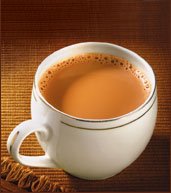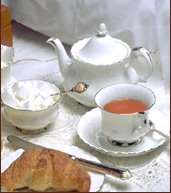Tea is a plant that is consumed on a daily basis in India. India in Asia is one of the largest producers and most of the produce is consumed locally and the rest is exported. Since tea is one of the products that are consumed throughout India, the different tea companies are trying to expand their base.
Many tea companies that India own large numbers of tea gardens and its predominance is seen in states like Assam, west Bengal, Karnataka, all north eastern states, states have tropical conditions and hill slopes. The hilly areas in the country are being utilized to a great extent by cutting terraces on them and using them for cultivation. The owners of the major tea processing companies in India are acquiring more and more land. All the hilly areas that were once abandoned are now being converted into tea gardens in the country.
Tea garden owning in India are also responsible for the increase in employment in the private sector. With the increase in the number of tea gardens, the labor required also increases and hence employment and income both is generated.
The tea garden owning industries have to be very careful with the location of the gardens. Owning a tea garden a proper place matters. The climatic factor is the most essential factor when it comes to plantation of tea. Then comes the soil. The tea gardens are established on the hill slopes. Since the land is inclined there is no water logging when the plantation is done.
Tea companies that do not own gardens keep buying raw leaves from other estates. The processing time is very little since the leaf might lose its essence and flavor hence timely procurement is important. Many companies own large tea gardens some are working towards acquiring more of them. With this the prediction of tea production to rise steadily is definitely going to come true in the near future.
Most of the tea estates are established in the Indian State of Assam, Darjeeling Hills in West Bengal and the Nilgiris in the South. Tea estate companies do not necessarily own major brands many are just processors and suppliers of the leaf.
Major tea producing centers have become destinations for tourism. There are many tour companies organizing tours to tea estates. This is a unique experience of local culture with insight into cultivation, processing amd packaging of tea. The salubrious climate and picturesque settings are instrumental in attracting many inbound tourists.
Major tea producing centers have become destinations for tourism. There are many tour companies organizing tours to tea estates. This is a unique experience of local culture with insight into cultivation, processing amd packaging of tea. The salubrious climate and picturesque settings are instrumental in attracting many inbound tourists.




